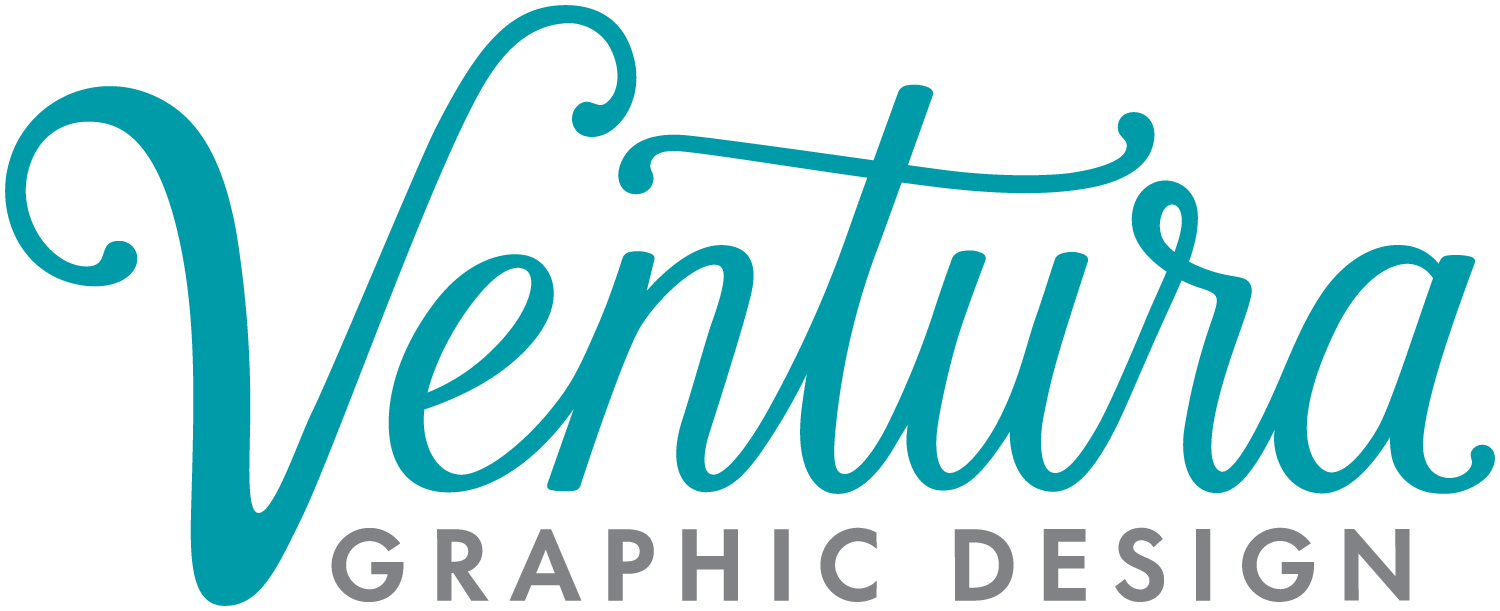Finding the right stock image isn’t about which site you use—it’s about knowing how to search and what to look for. This guide will help you navigate the process so you can find visuals that truly support your message, whether you’re designing a report, posting on social media, or building a website.
Photo by Andrea Piacquadio on Pexels
Know What You’re Searching For
Your search terms are everything. If you’re looking for something straightforward—like an adorable puppy—then it’s easy. Most sites allow you to filter for things like orientation, whether people are included, and sometimes even age or race. You can also filter by file type—photo, illustration, video, or even audio—to get exactly what you need. Browse a few pages, find your favorite pup, and you’re set.
The more specific you are, the faster you’ll find the perfect image. Think about the details: Where should the puppy be—on a white background, on grass, or in a kennel? Should it be with its family, a kid, on a leash? Is it sleeping, eating, or playing? How should it feel—happy, curious, or sad? Clarifying these details upfront makes your search much more focused and efficient.
Photo by Matthew Henry on Unsplash
Photo by Joe Caione on Unsplash
When You Don’t Know What You Need
Conceptual or abstract ideas can be tricky to visualize. For example, ideas like “teamwork,” “innovation,” or “community impact” might feel hard to capture. AI tools can help brainstorm image concepts: describe the concept or theme you want to convey, ask for 5 options, and see what it comes up with.
For instance, if you’re looking to show “hope” in a nonprofit context, brainstorming with AI might lead you to consider hands planting trees, sunlight through city buildings, volunteers working together, or smiling children. These prompts can then guide your stock image searches, making finding your perfect image much faster.
Photo by Aaron Burden on Pexels
Beware of Those Fake Smiles
Stock photography has earned its cheesy reputation, and yes, those overly staged shots are still out there. But if you dig a little deeper, there are plenty of authentic, natural-looking images too. Look for models who feel real—people who actually look like your audience or the communities you serve. Ask yourself: Would this moment actually happen in real life? If not, skip it. Relatable images connect far better than perfectly posed ones.
Photo by Yan Krukau on Pexels
Choosing the Right Size
Resolution matters. Most sites offer multiple download sizes:
72 dpi = web/digital
300 dpi = print
For print, always err on the side of larger files to ensure crisp results. For digital, small or medium sizes will usually work. You can scale down an image, but scaling up reduces quality.
Why You Shouldn’t Just Pull from Google Images
Using images from Google—or potentially unlicensed AI-generated images—is risky. Most are copyrighted, low-resolution, or not cleared for commercial use. Royalty-free images are clearly labeled, so you know you’re using high-quality, licensed visuals that are safe and ethical. Free sites will also often prompt you to give credit to the photographer, like I have above. While you shouldn’t feel obligated to do that, if it’s appropriate, why not share the love?
Where to Find Quality Images
Here are five top stock image sites worth exploring:
Adobe Stock – Creative Cloud integration; wide variety of media.
Shutterstock – Massive library, flexible pricing, great for recurring use.
Pexels – Free, high-quality images with generous usage rights; check attribution.
iStock – High-quality images with easy-to-use search filters and flexible pricing.
Unsplash – Free, visually striking images; good for blogs or social media.
Each has pros and cons in terms of cost, licensing, and variety, so explore a few to see which fits your project best.
Final Thought
Finding the right stock image takes a little patience and creativity—but it’s worth it! The perfect visual can make your message clear, memorable, and instantly relatable. With thoughtful searching and intentional choices, you can bring your ideas to life and make your work look polished and professional.





